As an aside from model details but related to the flowing lines of the schooner, here is a restated evaluation of the buttock lines from Roue's design 17, later named Bluenose, which really need to be compared with the lines but those are under copyright and I don't want to push this too far. The following is from The American Fishing Schooners by Howard Chapelle on page 196:
" . . . At any rate Bluenose was built to race and to fit the official measurements for competitors in the international Fishing Schooner Races, and fitness for fishing, though required, was relatively superficial.
The Bluenose is shown in Plate 130 wit deck and sheer raised forward, she was 143'-0" long under the main rail cap, 17"-0" extreme beam, and 14'-0" depth at side. Shed had a marked sheer as altered, and this is shown in the Plate, as shown, straight keel having small drag and running forward almost to Section 7, then rising in a long almost straight fore rake to a rather long-overhang bow. The stern was formed with a strongly raking post and a fairly long counter with a heart-shaped transom. The entrance was long and sharp, and the run was long with some straight in the buttocks. The midsection had some hollow in the sharply rising floor, a high and rather hard bilge, with some tumblehome in the topside. The Bluenose was a powerful vessel well able to carry sail in the hands of her captain, who was an aggressive, unsportsmanlike, and abusive man, but a prime sailor."
None of which assists group members in their YQ or other kits' model builds but offers perspectives to look for in your own model as it progresses.
I had not heard the term, "buttocks" before and had to look that up which Wiki produced as:
Noun. buttock line (plural buttock lines) (aviation, ship-building) A curve indicating the shape of an airfoil or nautical equivalent in a vertical plane parallel to the longitudinal axis of the craft or vessel.
I had been more familiar with "scantlings" which Wiki shows as:
In shipbuilding, the scantling refers to the collective dimensions of the framing (apart from the keel) to which planks or plates are attached to form the hull. The word is most often used in the plural to describe how much structural strength in the form of girders, I-beams, etc. is in a given section.
So now I understand that dimensions taken from buttocks (either drawing or hull model) lead to the scantlings which are the beginning of frames in POF modeling. . . live and learn in SoS for me. Rich (PT-2)
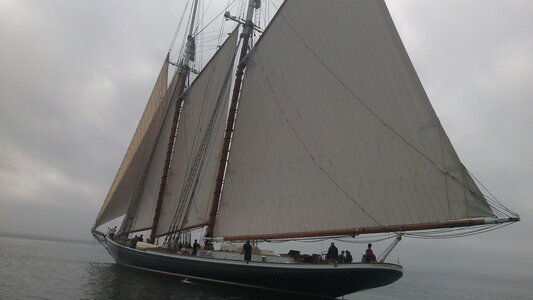
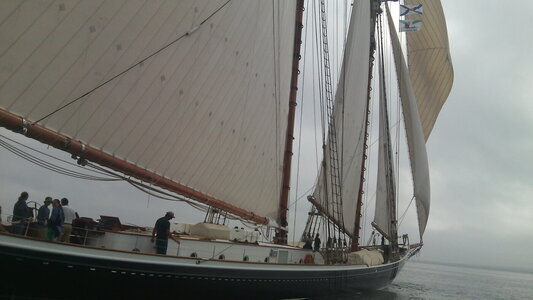





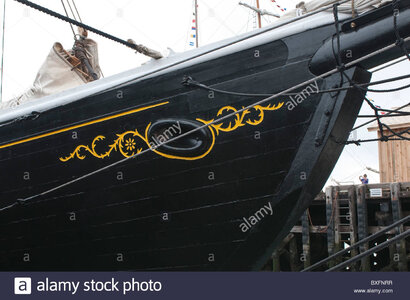
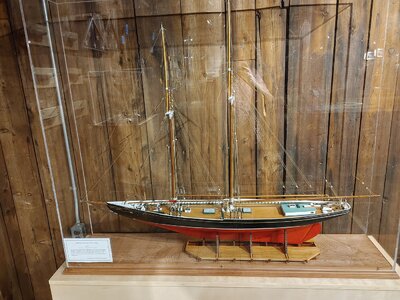
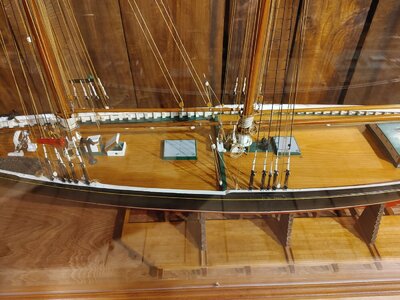


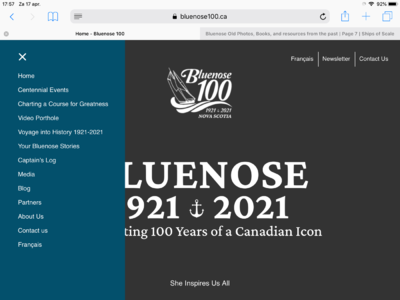
 letter’ above-right.
letter’ above-right.